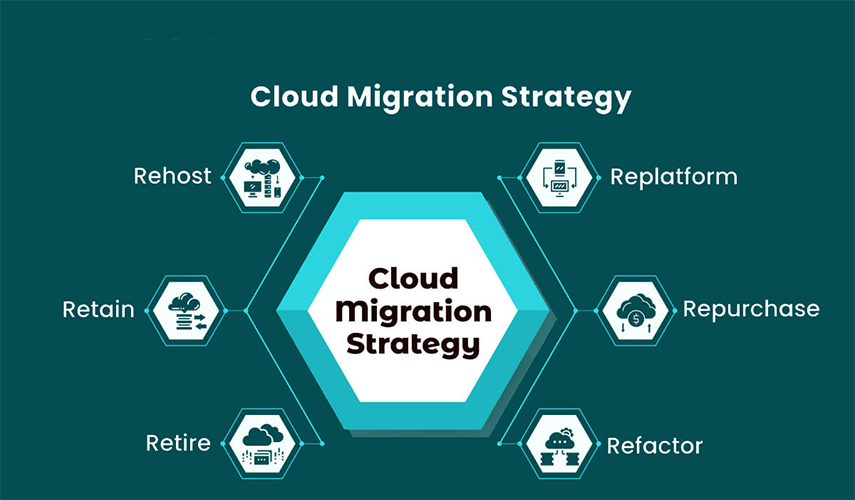
Plan Cloud Migration Wisely
To plan a wise and effective cloud migration, you must thoroughly evaluate your existing infrastructure, data, and compliance needs against strategic business objectives. A successful move isn't just a technical exercise; it requires a detailed strategy that addresses legacy systems, data transfer methods, and legal or regulatory requirements.
Phase 1: Assessment and planning
Address legacy systems strategically
- Inventory applications: Begin by creating a comprehensive list of all applications, their dependencies, data sources, and business owners. This helps determine which applications are critical and which can be retired.
-
Evaluate application compatibility: Legacy systems often use outdated technologies or architectures that may not be natively compatible with cloud environments. A detailed assessment will reveal whether an application should be:
- Rehosted ("lift and shift"): Moved to the cloud with minimal changes, ideal for quick migrations.
- Replatformed: Moved with minor optimizations, like replacing a legacy database with a managed cloud version.
- Refactored/re-architected: Rebuilt to be cloud-native, maximizing cloud benefits but requiring more time and effort.
- Retained: Kept on-premises if security or compliance makes migration too complex.
- Understand dependencies: Mapping out interconnections between systems, APIs, and data ensures that moving one application doesn't disrupt critical workflows in another.
Develop a data transfer strategy
- Perform data audits and classification: Categorize your data based on its volume, sensitivity, and importance. Identify data that is obsolete and can be archived or retired, as this reduces migration scope and cost.
-
Choose the right migration method: The volume of your data and available bandwidth will influence your transfer method.
- Online migration: Best for smaller datasets or for ongoing synchronization, using your network connectivity.
- Offline migration: For large datasets, using physical storage appliances can be faster and more secure.
- Plan for business continuity: Determine how to minimize downtime, especially for mission-critical systems. A phased migration, where data is moved in segments, or a "pilot" migration with a low-risk application, can validate your approach before a full-scale move.
- Ensure data integrity: Implement rigorous testing and validation processes to confirm that data is not lost or corrupted during the move.
Prioritize security and compliance
- Perform a risk assessment: Moving sensitive data to the cloud introduces new security considerations. Understand the shared responsibility model, where the cloud provider secures the infrastructure but you remain responsible for securing your data.
- Address regulatory requirements: Adhere to industry and regional mandates like GDPR, HIPAA, or PCI DSS. Your cloud provider must offer certified infrastructure in the correct geographical regions to meet data residency laws.
- Implement security controls: Use encryption for all data, both in transit during the transfer and at rest in the cloud. Implement a robust Identity and Access Management (IAM) framework to enforce the principle of least privilege.
- Establish a cloud governance framework: Define clear policies for managing cloud resources and enforcing security standards. Continuous monitoring tools will be essential for ensuring ongoing compliance post-migration.
Phase 2: Execution and post-migration
- Execute the migration in phases: After a pilot run, perform the migration in waves, moving less critical systems first. This approach helps refine the process and minimizes disruption.
- Train employees: Moving to new systems and workflows can cause resistance and frustration. Provide comprehensive training to both IT staff and end-users to ensure a smooth transition and rapid adoption.
- Test and validate: After each phase, perform thorough testing to verify that all applications are functioning correctly and that data has been transferred completely and accurately.
- Optimize for the cloud: Post-migration, leverage cloud-native features for cost and performance optimization. Continuously monitor resource usage and scale accordingly.
Decommission legacy systems: Once you are confident in the new cloud environment, retire the old on-premises systems. This includes securely wiping data, archiving records, and properly disposing of old hardware to cut costs.
